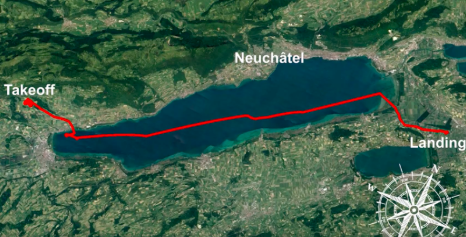Return mode is used to fly a PX4 vehicle along an unobstructed path to a safe location (and possibly to land). Historically the vehicle would just fly to a safe height and return to the home location. Recently we’ve added a few new “smart” mission-based approaches:
Doc link: http://docs.px4.io/master/en/flight_modes/return.html#return_types
- Safety point return : Ascend to safe altitude and return to the home location (this is the original “non-smart” return option).
- Mission landing return : Ascend to a safe altitude, fly direct to start of mission landing and land. If no mission landing pattern is defined PX4 uses the normal safety point return.
- Mission path return : Use mission path and continue to mission landing. If no mission landing defined, reverse mission to home. If no mission is defined PX4 uses the normal safety point return.
After defining a mission landing, users can specify the “return type” to use a mission landing and/or mission path rather than just flying home.
The new modes are most obviously useful for fixed-wing vehicles, which can’t just land anywhere (a normal RTL just sends them home where they circle until they are manually landed – or they run out of power and crash). The new modes can provide a safe landing pattern.
More generally, just because it is safe to take off in a location it is not necessarily the case that it will be safe to land. The new modes could, for example, allow you to takeoff near water, but ensure that your landing point is somewhere inland.
Florian Achermann from ETH Zurich Solar3 project specified the mission path option for their BVLOS flight in Switzerland, because they were assigned a narrow airspace and thus could not directly return to home/landing.

He says this feature is helpful if you fly BVLOS in complex terrain since you can assume that the planned mission path is collision-free.
Watch the full video here for the demo flight debrief.
